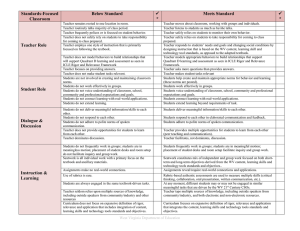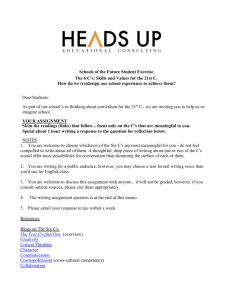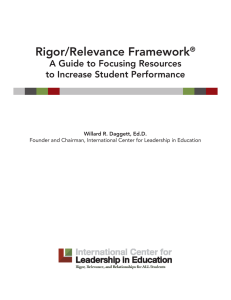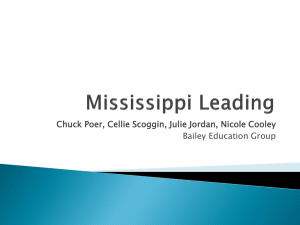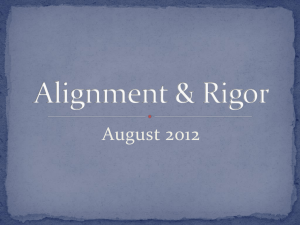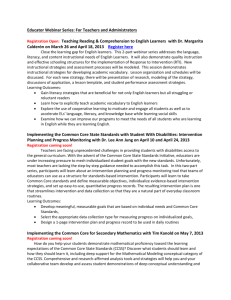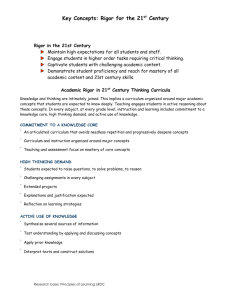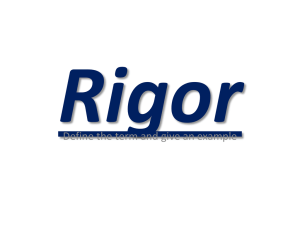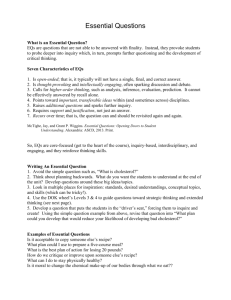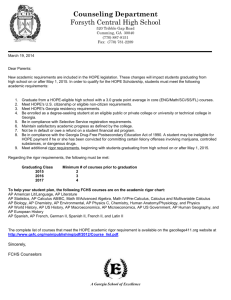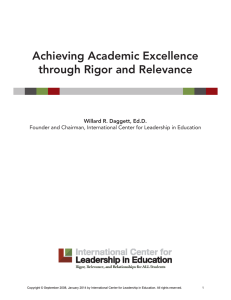Cambridge Middle School Vision
advertisement
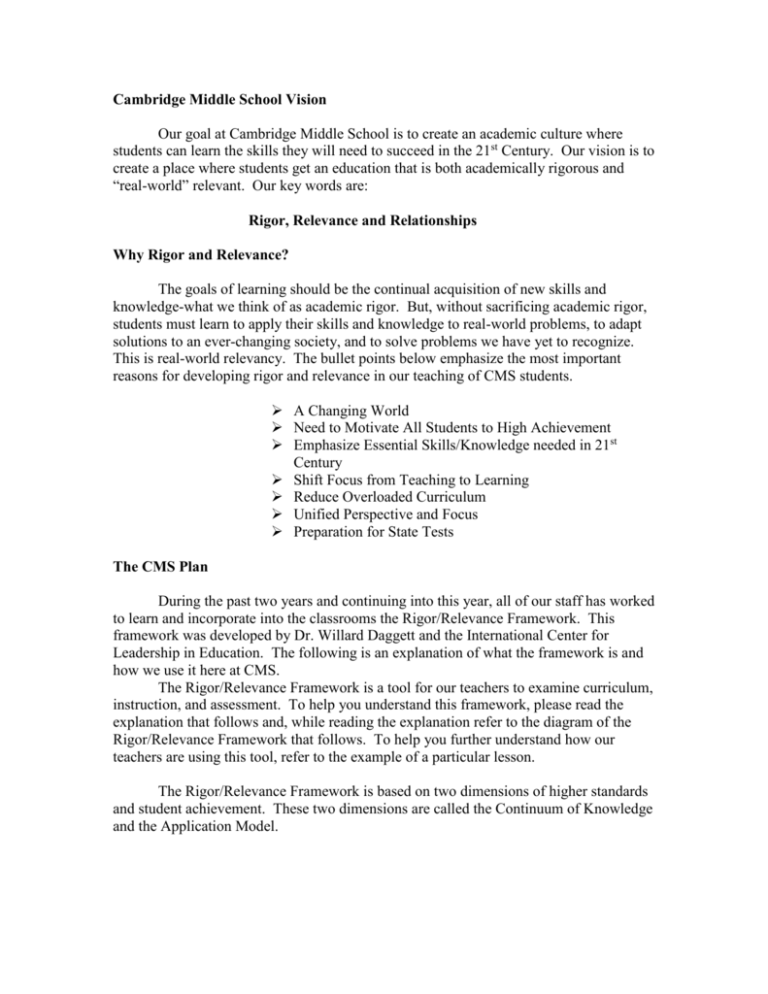
Cambridge Middle School Vision Our goal at Cambridge Middle School is to create an academic culture where students can learn the skills they will need to succeed in the 21st Century. Our vision is to create a place where students get an education that is both academically rigorous and “real-world” relevant. Our key words are: Rigor, Relevance and Relationships Why Rigor and Relevance? The goals of learning should be the continual acquisition of new skills and knowledge-what we think of as academic rigor. But, without sacrificing academic rigor, students must learn to apply their skills and knowledge to real-world problems, to adapt solutions to an ever-changing society, and to solve problems we have yet to recognize. This is real-world relevancy. The bullet points below emphasize the most important reasons for developing rigor and relevance in our teaching of CMS students. A Changing World Need to Motivate All Students to High Achievement Emphasize Essential Skills/Knowledge needed in 21st Century Shift Focus from Teaching to Learning Reduce Overloaded Curriculum Unified Perspective and Focus Preparation for State Tests The CMS Plan During the past two years and continuing into this year, all of our staff has worked to learn and incorporate into the classrooms the Rigor/Relevance Framework. This framework was developed by Dr. Willard Daggett and the International Center for Leadership in Education. The following is an explanation of what the framework is and how we use it here at CMS. The Rigor/Relevance Framework is a tool for our teachers to examine curriculum, instruction, and assessment. To help you understand this framework, please read the explanation that follows and, while reading the explanation refer to the diagram of the Rigor/Relevance Framework that follows. To help you further understand how our teachers are using this tool, refer to the example of a particular lesson. The Rigor/Relevance Framework is based on two dimensions of higher standards and student achievement. These two dimensions are called the Continuum of Knowledge and the Application Model. Continuum of Knowledge First, there is a Continuum of Knowledge that describes the increasingly complex ways in which we think. This Knowledge Taxonomy is based on the six levels of Bloom’s Taxonomy: (1) awareness, (2) comprehension, (3) application, (4) analysis, (5) synthesis, and (6) evaluation. The low end of this continuum involves acquiring knowledge and being able to recall or locate that knowledge in a simple manner. Just as a computer completes a word search in a word processing program, a competent person at this level can scan through thousands of bits of information in the brain to locate that desired knowledge. The high end of the knowledge Taxonomy labels more complex ways in which individuals use knowledge. At this level, knowledge is fully integrated into one’s mind, and individuals can do much more than locate information. They can take several pieces of knowledge and combine them in both logical and creative ways. Assimilation of knowledge is a good way to describe this high level of the thinking continuum. Assimilation is often referred to as a higher-order thinking skill: at this level, the student can solve multi-step problems and create unique work and solutions. Application Model The second continuum, known as the Application Model, is one of action. The five levels of this continuum – (1) knowledge in one discipline (subject area), (2) apply in discipline (subject area), apply across disciplines (subject areas), (4) apply to realworld predictable situations, and (5) apply to real-world unpredictable situations – describe putting knowledge to use. While the low end is knowledge acquired for its own sake, the high end signifies action – use of that knowledge to solve complex real-world problems and to create projects, designs, and other works for use in real-world situations. Four Quadrants The Rigor/Relevance Framework has four quadrants. Each of these four quadrants can be labeled with a term that characterizes the learning or student performance. Quadrant A – Acquisition Students gather and store bits of knowledge and information. Students are primarily expected to remember or understand this acquired knowledge. Quadrant B – Application Students use acquired knowledge to solve problems, design solutions, and complete work. The highest level of application is to apply appropriate knowledge to new and unpredictable situations. Quadrant C – Assimilation Students extend and refine their acquired knowledge to be able to use that knowledge automatically and routinely to analyze and solve problems and create unique solutions Quadrant D – Adaptation Students have the competence to think in complex ways and also apply knowledge and skills they have acquired. Even when confronted with perplexing unknowns, students are able to use extensive knowledge and skill to create solutions and take action that further develops their skills and knowledge.

